Singapore Prime Minister Lee Hsien Loong, Malaysia Prime Minister Ismail Sabri and Taiwan President Tsai Ing-wen all had met with Nancy Pelosi during the U.S. House Speaker’s Asia Tour. But when Pelosi, second in line to the presidency, arrived in South Korea, the country’s president – Yoon Suk-yeol – only agreed to speak to Pelosi on the phone.
It was quite amusing that a day after Pelosi humiliated Chinese President Xi Jinping with her controversial visit to Taiwan, it was her turn to be humiliated by South Korea President Yoon, supposedly one of the U.S. biggest allies in the region. Yoon had refused to meet Pelosi in person under the pretext that he was on summer holiday, even though the South Korean leader was in Seoul.
South Korean Foreign Minister, Park Jin, also did not meet Pelosi after he left for Cambodia to attend an ASEAN meeting. When Pelosi last visited South Korea in 2015, she met the then-President Park Geun-hye and the then-Foreign Minister Yun Byung-se. The highest ranking South Korean official Pelosi managed to meet was her counterpart Kim Jin-pyo, National Assembly Speaker.
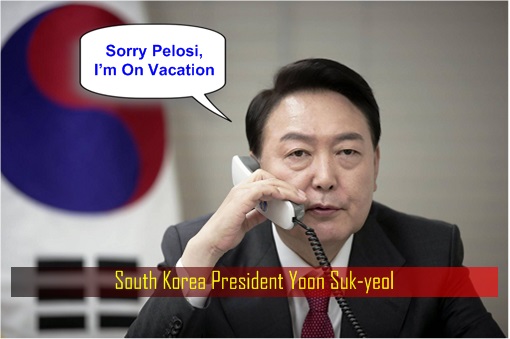
Interestingly, newly crowned President Yoon, who previously pledged to side with ally U.S. to contain China – even went as far as with a promise to expand the presence of U.S. missile defence system THAAD – has chosen to attend a theater performance in Seoul just before Pelosi arrived in the city. Obviously, Mr Yoon did not want to offend China by ignoring Pelosi.
The Presidential Office told reporters that the decision not to meet Pelosi in person was made after considering South Korea’s “national interests”. However, that doesn’t explain why when Pelosi arrived at Osan Air Base, there wasn’t any South Korean official on site to welcome her. The last time a U.S. Speaker (Dennis Hastert) visited South Korea was in 2002
While it was a golden chance to rub shoulders with Pelosi, the Yoon administration fears the loose cannon U.S. House Speaker might make unwanted provocative remarks on Korean soil. Seoul saw how Pelosi left a trail of destruction after her Taiwan’s visit. Furious, China has mobilized its military – and surrounded Taiwan – and started punishing the island with sea blockade military drills.

Even though South Korea has a comprehensive security alliance with the U.S. that dates back to the 1950-53 Korean War and is hosting 28,000 American troops, China is still South Korea’s largest trading partner. Constituting 25.3% (US$163 billion) of its total exports (compared to U.S.’ 15%), the trade volume between China and South Korea reached a staggering US$363 billion in 2021.
The increasing U.S.-China rivalry puts South Korea, and other countries in the Southeast-Asia, in an extremely difficult position. Yoon might be inexperienced as a president, but he doesn’t need a rocket scientist to tell him that Speaker Pelosi could be jobless as early as November after the midterm election, while President Xi Jinping will be still in power – even outlives Joe Biden.
Of all the 5 countries Pelosi visited, four of them – Singapore, Taiwan, South Korea, Japan – are strong allies of the U.S. Only Malaysia foolishly wanted to be photographed with Pelosi because the un-elected Sabri regime desperately looking for legitimacy. Leaning towards China, Thailand stunningly backs “One China” policy amid shit-stirring political drama staged by Pelosi.
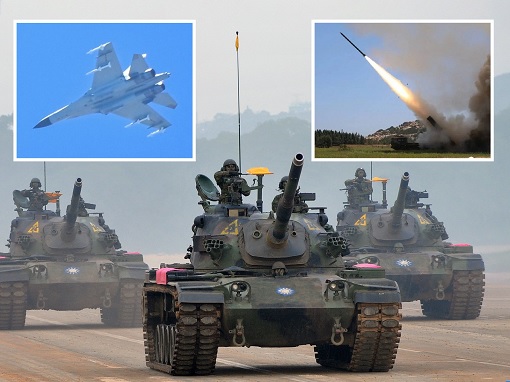
Besides, why should Yoon stick his head in a noose when even the U.S. itself appears powerless against the Chinese sea blockade military drills surrounding Taiwan? Beijing has quickly slapped sanctions on more than 2,000 Taiwanese food imports, including citrus, fish, cookies, baby food, candy and coffee. It has also banned exports of natural sand, critical for construction in Taiwan.
Beijing appeared to be well prepared when it announced four days of intensive military exercises around Taiwan – after live-fire military drills greeted Pelosi’s arrival. Less than 24 hours after she left, China has fired at least 11 Dong-Feng ballistic missiles into seas north, south and east of Taiwan on Thursday alone (Aug 4). The last time China launched missiles into water around Taiwan was in 1996.
Six zones have been identified by the Chinese to seal off Taiwan and repel foreign intervention. And for the first time, at least one of the Chinese missiles flew over Taiwan. However, the Japanese Ministry of Defence said five ballistic missiles landed in Japan’s EEZ (exclusive economic zone), including four that had flown over Taiwanese airspace.
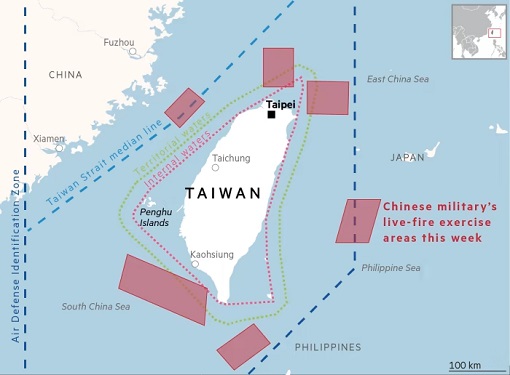
Taiwan’s Patriot surface-to-air defence system did not try to shoot down any of the missiles. Taipei only said the missiles had travelled above the atmosphere and therefore posed no risk, despite having breached the island’s airspace. Those missiles had flown a distance of between 350 kilometres to 700 kilometres. On Friday (Aug 5), Taiwan defence ministry admitted China’s 68 aircrafts and 13 warships have crossed the “median line”.
The median line – the halfway point between the island and mainland China – has been an informal border of control which was respected by both parties. Now Beijing said the line no longer exists. The drills obviously are being carried out to send a message that a sea blockade can be imposed on Taiwan as well as to show off that the Chinese military’s ability to deploy precision weapons.
China has even sent some drones around Okinawa prefecture in Japan, prompting the country to scramble fighter jets. Yet, despite all the so-called highly provocative acts, military superpower United States could only watch from a distance. In fact, the U.S. has cancelled a test launch of “Minute III” ICBM (intercontinental ballistic missile) in order not to further anger the Chinese government.
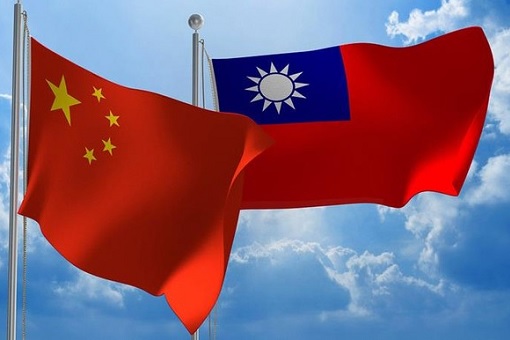
Secretary of State Antony Blinken tried to lecture Beijing that its military drills were irresponsible and provocative. In response, China announced it is suspending dialogue or communication with the troublemaker U.S. on issues including climate change, military relations and anti-drug efforts. Pelosi and her immediate family have also been sanctioned by Beijing.
After encouraged “Witch” Pelosi to visit Taiwan in an effort to challenge Xi Jinping’s warning to Biden not to play with fire, American politicians and news media now said Beijing is over-reacting, raising fears of a dangerous miscalculation in the region. But more than 20 years ago, the U.S. did not say China was over-reacting, let alone talked about miscalculation.
During the 1995-96 crisis – known as “Third Taiwan Strait Crisis” – China also staged live-fire military drills, including lobbing some missiles into waters near Taiwan. Back in 1995, then-Taiwanese president Lee Teng-hui was all set to visit his alma mater Cornell University in the U.S. – the first visit by a Taiwanese president – sparking the “military response” by Beijing.
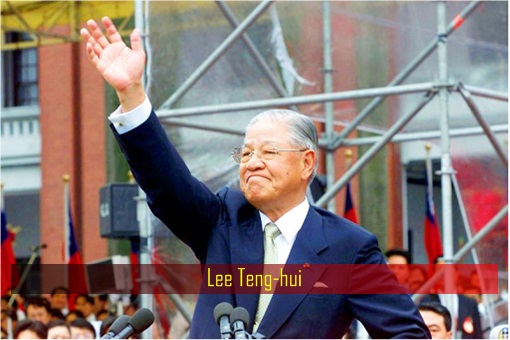
Of course, it was more than just a visit to the United States. Both Lee and Bill Clinton were facing their respective elections in 1996. Neither can look weak. And Beijing was trying to influence Taiwanese voters against voting for the pro-independence Lee, whose aggressive diplomacy would put Pelosi to shame. Speaking at Cornell University, Lee said “Communism is dead or dying”.
Despite Chinese weak military, the 1995 conflict triggered so much panic that people in the island lined up at banks to change their money into dollars. Taiwan’s foreign exchange reserves dropped at a rate of US$500 million a day. The Clinton administration finally flexed its muscles by sending two aircraft carriers – USS Nimitz and USS Independence – the largest armada deployed since the end of the Vietnam War.
On December 19, 1995, the battle-group USS Nimitz passed through the Taiwan Strait to send a message to President Jiang Zemin – low-tech Chinese was unable to stop American forces from coming to Taiwan’s assistance. Beijing saw Lee’s U.S. visit as yet another betrayal of Washington’s commitment to the “One China” policy, the same way China sees Pelosi’s visit to Taiwan.
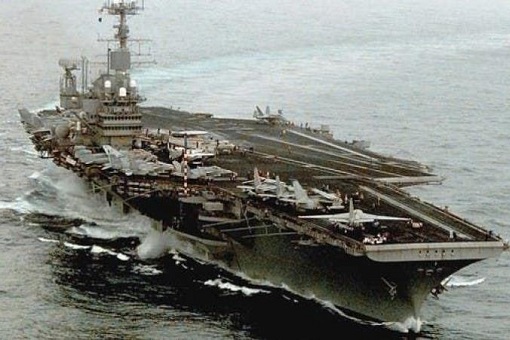
Since then, Beijing has been quietly and quickly building its economy and military power at mind-boggling speed. In addition to the humiliation in 1995-96, the display of the U.S. military’s high-tech during the 1991 Gulf War convinced China that it needs to modernize its military, including cyber warfare where American satellites could be destroyed so that the U.S. forces’ eyes and ears are crippled.
BeiDou Navigation Satellite System is China’s answer to the U.S.-owned GPS navigation system. Completed in June 2020, the homegrown Chinese navigation network was designed to rival the GPS run by the U.S. Air Force. It is said to be more powerful – and risky – due to its two-way communication system. Formally initiated in 1994, the BeiDou project has raised serious security concerns as it can track users and even used in cyberattacks.
Beijing was forced to build its own version of GPS after it realized that its military could easily be brought down. During the Taiwan Strait Crisis in 1996, China fired three missiles to locations on the Taiwan Strait as a warning. Embarrassingly, while the first missile hit its intended target, the People’s Liberation Army (PLA) lost track of the other two.
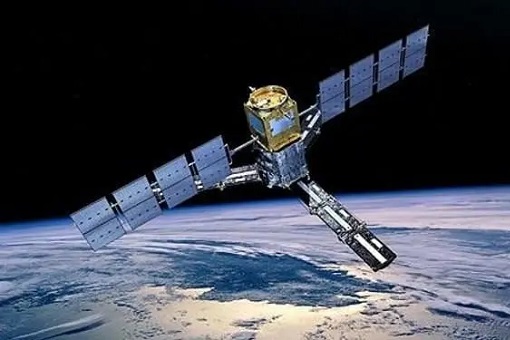
China later suspected that the U.S. had cut off the GPS signal in the region that the Chinese depended upon for missile tracking. It was the biggest loophole to cripple China’s missile system. Over 25 years later, China not only has its own GPS system, but has overtaken its U.S. rival in size. There were 35 BeiDou satellites in operation (as of last June), compared with 31 for GPS.
The lessons learned from the 1995-96 humiliation also saw how China has more warships than the U.S. today, including 3 aircraft carriers and eight Type 055 stealth guided missile destroyer, not to mention “aircraft carrier killer” called the Dong-Feng 26 (known as the “Guam Express” or “Guam Killer”). Today, the Chinese military also has nuclear missiles that could hit the U.S. in 30 minutes.
Not only China has an estimated 1,500 ballistic missiles in addition to a few hundred cruise missiles targeting Taiwan, the accuracy and destructiveness of the Chinese missiles have improved tremendously. Hence, the current siege of Taiwan in the military drills is actually designed to demonstrate to the U.S. of its ability to zero down on targets in and around the island.
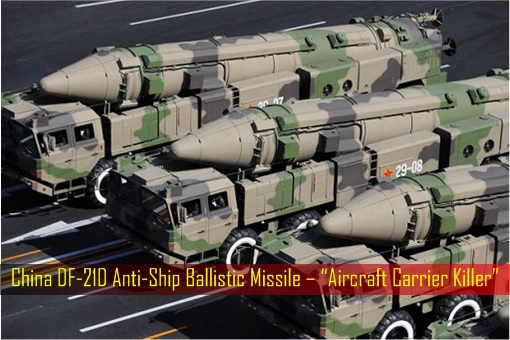
This time, Washington dares not send any aircraft carrier to sail through the Taiwan Strait like how Clinton did in 1995 to intimidate Beijing. The USS Ronald Reagan could only watch and monitor from the Philippines seas. To save face, the U.S. said it is demonstrating the behaviour of a responsible nuclear power. Does that mean Clinton administration was irresponsible back in 1995?
The U.S. Navy might have more experienced crews and commanders. However, China does not need equivalent experience to win a war so close to home. What it lacks in experience is compensated with quantity. Till today, it’s unknown if the severe damage to the US$3 billion USS Connecticut, one of only three Seawolf-class nuclear powered attack submarines operated by the U.S. Navy, was caused by the Chinese.
With South Korea chicken out, only the U.S. and Japan (and perhaps Australia) are left to defend Taiwan. But after the assassination of Shinzo Abe, even Japan isn’t sure if it should blindly join big brother U.S. in the World War 3 against the Chinese. The transformation of China’s military since the mid-1990s means those days where the U.S. could squeeze the Chinese’s balls are gone.
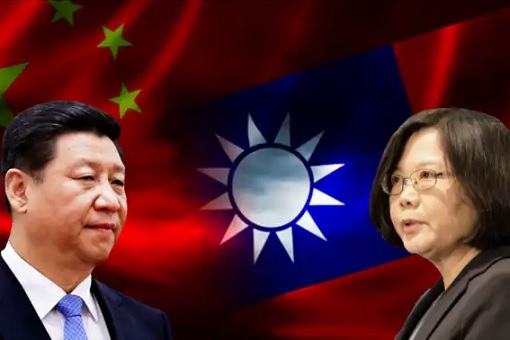
More importantly, Taiwanese President Tsai has made a mistake by welcoming Pelosi. It gave an opportunity for Beijing to start the current military drills, enabling China to redefine the scope of exercise – which could be repeated again – simulating an attack on Taiwan. Tsai could pretend to be Beijing-friendly and outlive Xi Jinping. But she just can’t stop playing politics.
Other Articles That May Interest You …
- Pelosi Visit To Taiwan A Headache For Biden – U.S. Worried China Could Impose No-Fly Zone & Shoot Down Her Plane
- China Lectures Australia After Complains Chinese Jet Harassed Its Spy Plane – Dumping “Chaff” Which Sucked Into Engine
- Canada Air Force Complains “Unprofessional” Chinese Pilots Harassing Its Spy Plane – Sometimes Show “Middle Fingers”
- China-Solomon Islands Security Deal – Australia Extremely Panicked Over A New Chinese Military Base In Its Backyard
- U.S. Stunned & Upset – China Fired “Mach 5” Hypersonic Missile That Can Bypass Radar Shields And Hit The U.S.
- Damaged Even Before Go To War – How A $3 Billion “Crown Jewel” US Submarine Crashed Into An Undersea Mountain
- China Launches First 10,000-Ton Coast Guard Vessel – The “Monster” Ship That Operates 90 Days Without Resupply
- President Xi Warns China Will Never Be Bullied – The U.S. Not Impressed China Is Building 120 Nuclear Missile Silos
- Economic Destabilization – How China Prepares For American & Japanese Military Interference In Taiwan Conflict
- Warning To The U.S. – China Fires Nuclear-Capable “Aircraft-Carrier Killer” Ballistic Missiles In South China Sea
- Watch Out US, Japan, India – China Launches Asia’s Biggest Type 055 Destroyer

|
|
August 6th, 2022 by financetwitter
|


|

|

|

|

|

|




























Comments
Add your comment now.
Leave a Reply